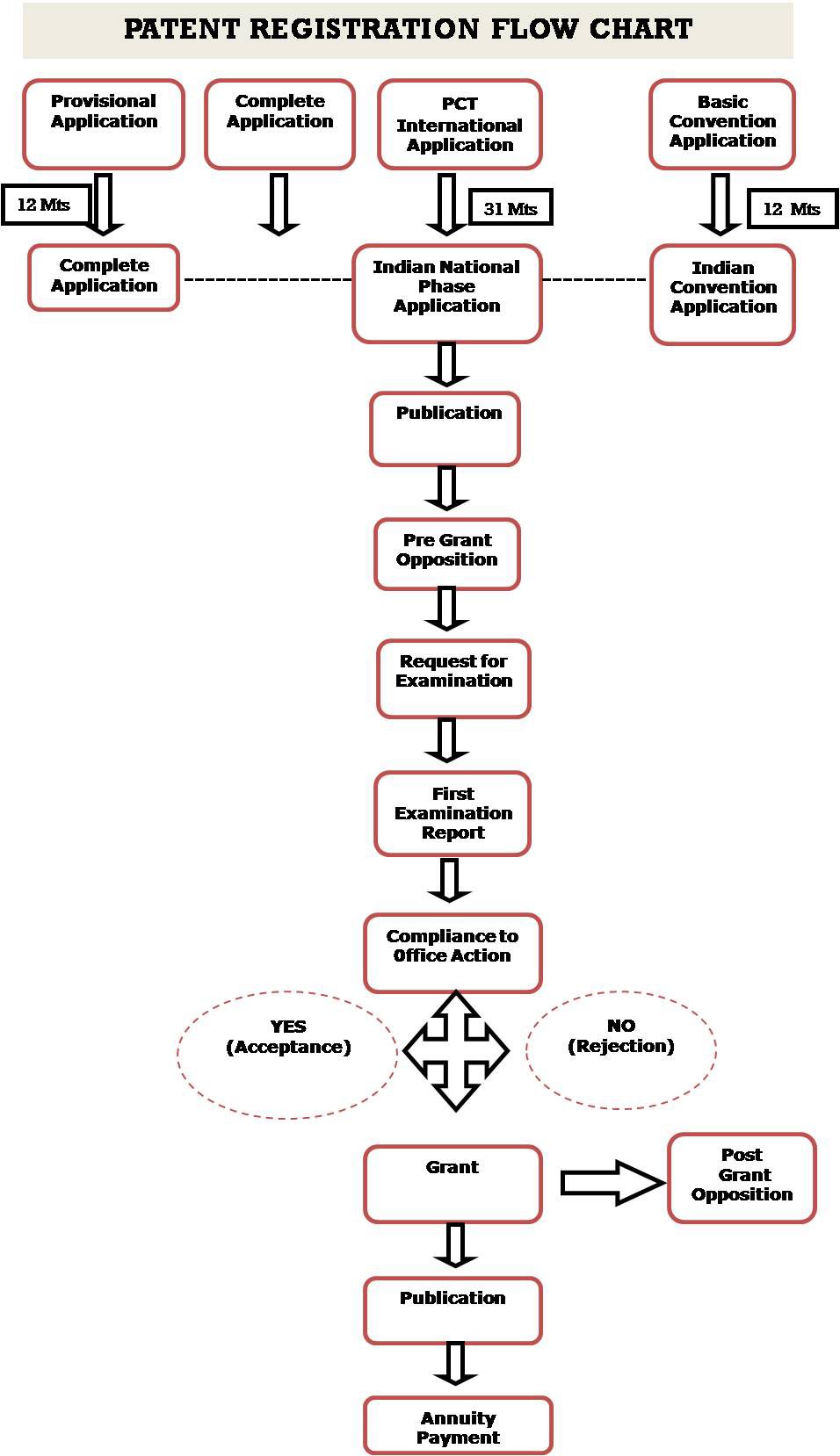Cardinals Of Intellectual Property Rights (Part- I)
Interesting is the journey of sapiens, from apes to humans, the role played by brain is commendable. Creativity is one such thing which is not commonly found in people but whosoever has it can reap enormous benefits from it. The concept of Intellectual Property Rights (hereinafter IPRs) is in direct relation with creativity and innovation. This piece primarily focuses on re-interpreting the existing IPRs and their development in the contemporary world. To begin with, it is vital to understand and demarcate, what exactly falls under the purview of IPR, various categories involved, processes followed by each IP and their enforcement.
HISTORY & DEVELOPMENT:
IPRs are not new to define but what matters is the interpretation of the definition. This dates to 19th century, when the Paris Convention, 1883, came into existence, where for the first time a historical decision was taken “for the protection of Industrial Property. The urgence for the same was felt due to refusal of foreign exhibitors to attend the International Exhibition of Inventions in Vienna, Austria, 1873, fearing that their ideas would be stolen and will further be exploited commercially in other nations. Then in 1886, came the Berne Convention to provide for remuneration to the creators and the right to control such payment for their creative works on an international level. In 1891, Madrid Agreement was adopted whereby the foundation of international registrations of marks was launched. BIRPI (the United International Bureaux for the Protection of Intellectual Property) was set up in 1893, which in 1970 ultimately graced as World Intellectual Property Organization (WIPO), headquartered in Geneva, Switzerland.”
Meanwhile in 1994, IPR was treated as a substantial constituent in the GATT (General Agreement on Tariffs and Trade), the Uruguay Round to be precise. Formally in 1995, the Trade-Related Aspects of Intellectual Property Agreement (TRIPS) came into being from where started the journey of providing minimum protection standards in relation to international trade. In today’s time, WIPO is the relevant organization tackling and making general policies in lieu of IPR, whereas TRIPS is appraised as bible for IPR.
FUNDAMENTALS:
The term ‘IPR’ became inclusive only after the twentieth century. Simply, IPRs are contemplated as the rights provided to persons for creation of their minds, these creations may include- expressions, innovations, unique names, business methods, industrial processes, chemical formulas, or anything which can be protected under the provisions of law. It is rather cumbersome to ‘define’ IPR, instead of defining most definitions lists the subject matter or examples of it. Pertinent to note is that most of the definitional facets of IP are additionally perplexed by the notion that IP mechanism are the end results of differential philosophical and legal traditions. For instance- ‘Patent’ does not define what is patent rather it discusses patent in relation to inventions and then specify the requisites of patentability.
The expression ‘IPR’ is very broad for entitling legal refuge for creations, inventions or any other thing which is a product of any person’s mind. Predominantly, IPRs have been categorized as- Patents, Trademarks, Copyrights, Designs, Geographical Indications, Layout Designs of Integrated Circuits, Plant Variety Protection and Trade Secrets. These categories will now be dealt individually for the purpose of better understanding of the concepts.
TYPES OF IPR:
PATENT:
Patent is and“exclusive right issued by Statute or authorities sanctioned by Statute to the applicant for an invention for a limited span of time for the revelation of his invention. These rights prevent the third parties from making, using, offering for sale, selling, or importing the patented invention. As per Section 2(1)(m) of the Indian Patent Act, 1970 (hereinafter IPA), patent is defined as: a patent for any invention granted under this Act. The definition itself includes the use of word ‘invention’ which is defined under section 2(1)(j) of IPA. It means: a new product or process involving an inventive step and capable of industrial application.”
The definition of patent does not say anything about what all can or cannot be patentable, that is discussed under section 3 of IPA. This provision lists what are not inventions, thus, anything which falls under the ambit of this provision will fail to be an invention. After this, comes the subject matter requisites for a patent, which are:
- Novelty: Being novel means it should not form a part of the prior art, which means any literature present in the public domain. Section 2(1)(l) determines non-anticipation of any publication in any document in public domain.
- Non-obviousness: This is considered if the features/ characters of the underlying invention are inventive and non-obvious to a person who is skilled in that art. Section 2(1)(ja) of IPA defines the term ‘inventive step’.
- Industrial Application: In simpler terms, the invention should be capable of being made or used in industry. Section 2(1)(ac) of IPA defines ‘industrial application’.
It is the duty of the applicant to disclose the invention in clear and concise manner so that it can be followed by a person skilled in same technical field. The procedure for disclosure has been enumerated under section 10 of IPA. The statute provides for 20 years protection of the invention from date of filing. Rights of patentees are conferred upon under section 47 of IPA.
Different types of patent applications are involved in the process of granting of a patent, like, Provisional Patent Application, Complete, Patent of Addition/Continuation, Divisional Application, and application through PCT (Patent Co-operation Treaty) gateway.
Contents of“Patent Specification includes title of the invention, field of the invention, background of the invention, objects of the invention, summary of the invention, brief description of the diagrams (if available), detailed description of the invention, claims and finally the abstract.”
The steps to be followed for registering a patent in India are explained in the diagram below:
Author: Upasna Rana – a Legal Intern at IP And Legal Filings, in case of any queries please write back us via email at support@ipandlegalfilings.com.




